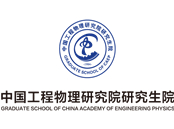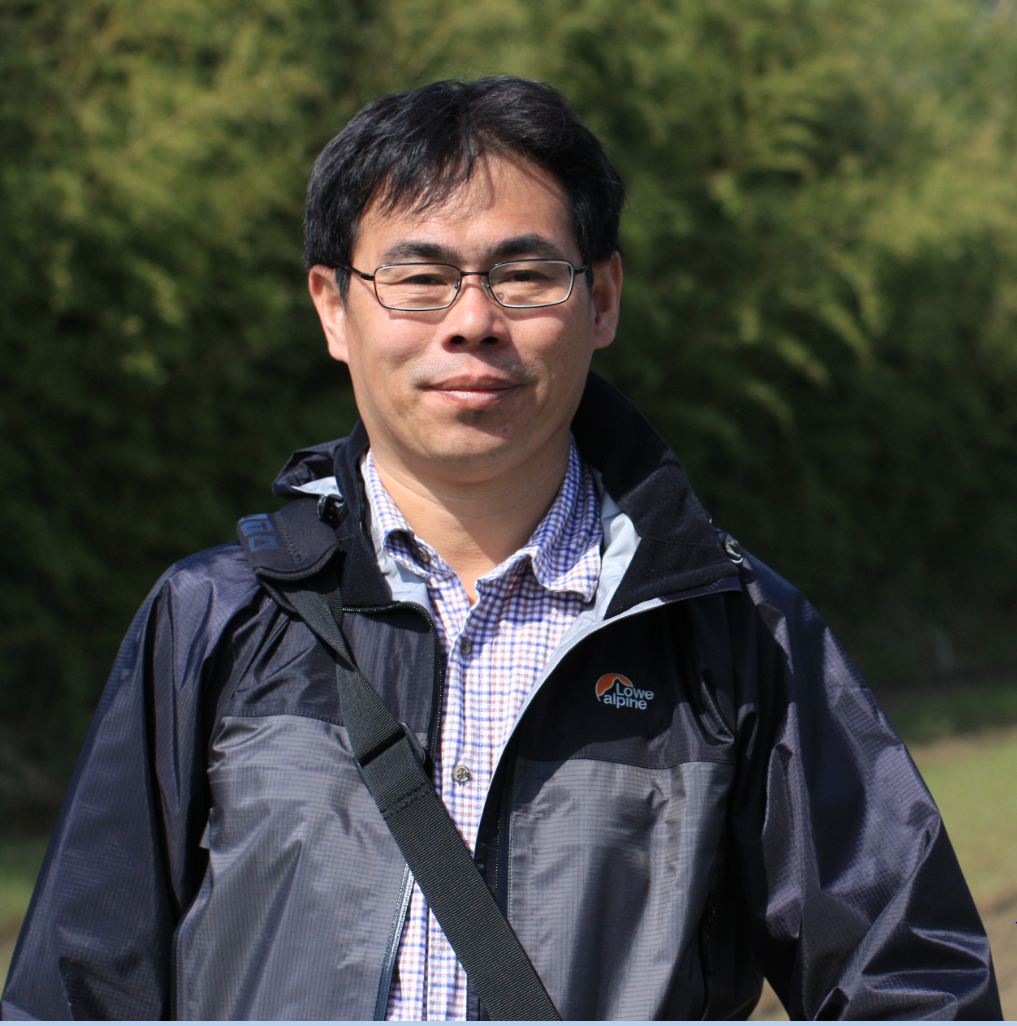Welcome to the Sun's group
Quantum physics & Quantum information

Prof. Chang-Pu Sun, PhD.
Graduate School of China Academy of Engineering Physics
Beijing Computational Science Research Center
Building 8, No.10 Xi'er Road , ZPark II, Haidian District, Beijing, 100193, China
Fax: (86)-10-5698 9390
Phone:(86)-10-5698 9397
Email: suncp@gscaep.ac.cn; cpsun@csrc.ac.cn
Curriculum Vitae
Reasearch Introduction
Professor Chang-Pu Sun, a theoretical physicist, currently is dean of graduate school of Chinese Academy of Engineering Physics (CAEP), and chair professor at Beijing Computational Science Research Center (CSRC) . He obtained his PhD in 1992 at the Chern Institute of Mathematics, and then became a professor of physics in Northeast Normal University (1992-2011) and Institute of Theoretical Physics, Chinese Academy of Sciences (CAS). In an adjunct position he even was a Chair Professor of Theoretical Physics of Nankai University from 2003 to 2008.
He was selected as an Academician of CAS in 2009, and a Fellow of TWAS (the World Academy of Sciences) in 2011. He achieved many prizes including the National Award for Natural Sciences in China, the First Order Prize for Excellence Young Scientist in Chinese Academy of Sciences, the National Prize of Science and Technology for Yang Scientists and Citation Classic Award by SCI et al. He is also honored by the National Model Employee of China.
He has published more than 300 articles on peer refereed journals up to date, which have been cited over 10000 times. His article on q-deformed bosons is one of the pioneering articles in mathematical physics, which was enlisted on "Most Cited Journal Article on Mathematical Physics" by the Stanford University Library in 2001. His researches on quantum adiabatic approximation and induced gauge fields, begun 20 years ago, have redrawn attentions in the field quantum optics with cold atoms, which has motivated new advances including scheme of separating chiral molecules by utilizing the Stern-Garlach effect of induced gauge fields by himself and his collaborators in 2007. His research on the dynamical sensitivity of quantum phase transitions has drawn much attention since 2006, because of its connections to various research fields in physics, such as quantum measurement, quantum chaos and condensed matter physics. Some experiments based on NMR et al have well fit this theoretical prediction.
Currently, his research interests include probing mathematical structures behind the dynamics of physical systems, such as quantum groups related to the Yang-Baxter equation, Berry geometric phase related to general gauge symmetry and finite-size thermodynamic systems far off equilibrium. He explored the fundamental aspects of quantum mechanics, e.g., open quantum system approaches to quantum measurement and decoherence, and quantum statistical thermodynamics. His researches are partially oriented to future quantum technologies, such as quantum information processing, quantum coherent devices and also the new generation of energy based on the artificial photosynthesis with quantum effects. He yearn for a ”down-to-earth” understanding of fundamental problems in quantum mechanics in association with the most recent experiments about circuit QED using super-conducting systems, optomechanics with micro/nano-mechanical resonators, the photon transport in low-dimensional confined structure, and ultra-cold atoms in Bose-Einstein condensate.
[Photograph]